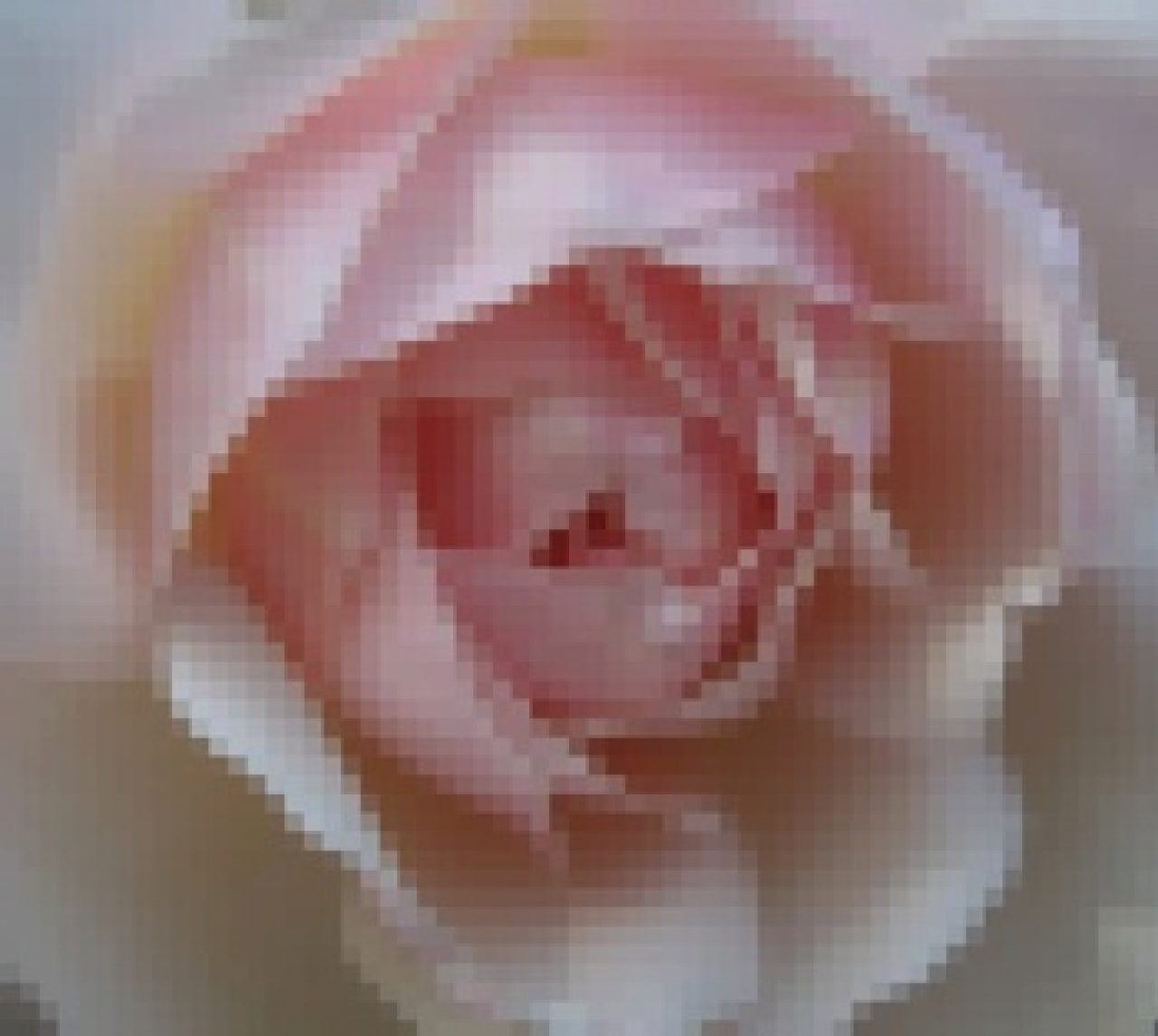What is a pixel, anyway?
Technical jargon—"tech speak" as we like to call it—just seems to be everywhere lately. Technology has become a necessary and vital part of our cultural, businesses, and even personal interactions. You probably know people who just spout tech speak left and right without blinking. RAM—is that like the truck? Bytes? Like out of a sandwich?
Technical jargon—"tech speak" as we like to call it—just seems to be everywhere lately. Technology has become a necessary and vital part of our cultural, businesses, and even personal interactions. You probably know people who just spout tech speak left and right without blinking. RAM—is that like the truck? Bytes? Like out of a sandwich? What is a pixel, anyway?
Today we're going to take a few minutes to define some of those crazy tech terms so you can impress your friends and loved ones with your growing knowledge of all things technological. Pay attention, because there will be a quiz later.
A byte is a unit of memory size used to measure digital information. Bytes are measured in the thousands (kilobytes, or KB), millions (megabytes, or MB), and even billions (gigabytes, GB). When you shop for a computer, the space on it is typically measured in gigabytes. For example, a new laptop might come with a 512 GB hard drive, which means that laptop has 512 gigabytes of space that you can fill with documents, files, photos, or applications.
Generally text files—Microsoft Word documents and emails, among others—take up the least amount of space. With new high definition photography, a single digital photo can be 2 to 3 MB in size. Video files are the largest files by far. If you purchase a 2 hour, high definition film from the iTunes Store to download and watch on your computer, it will take up approximately 4 GB of hard drive space. If you like to have a lot of media on your computer, it's a good idea to go for a larger hard drive.
A pixel is a tiny unit of illumination on a display screen. The entire display on your computer is made up of thousands of microscopic pixels. Even your cell phone screen is composed of pixels.
In the late 19th century, French painter George Seurat would paint in tiny dots and spots of color so that when the viewer saw his paintings from afar, the human eye would blend the colored dots and see the complete image. This was called pointillism. Below is Seurat's most famous work, A Sunday on La Grand Jatte*. Even from a distance you get a sense of the millions of tiny dots that make up the overall painting.

Pixels work in a very similar way. They are tiny squares of color that blend together to make a full image.
RAM is the acronym for Random Access Memory. It's the most common form of memory found in computers, and is the memory on your machine that programs use to run.
If you are shopping for a new computer, look for one that has 8-16 GB of RAM. You’ll also want to check if you can update or increase your RAM because that can extend the life of your computer. Newer software tends to be more complicated, thereby taking up more space and requiring more speed. Often you can update your RAM and put off buying a new computer for another year or two.
Hey! Your tech vocabulary is growing. Look for more tech speak definitions and explanations in upcoming blog posts.
*Photo by Phil Roeder, used under a Creative Commons license: http://creativecommons.org/licenses/by/2.5/

 Member Connect
Member Connect